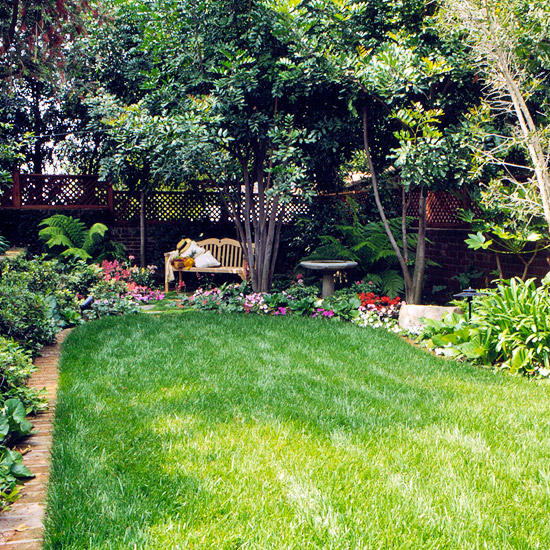Turn Your Leftovers into Black Gold
Fall doesn’t seem like the best time to start a gardening project, but October is the perfect month to begin composting. Simply pile up all those leaves you’ve raked with yard clippings and select food waste, and microbes will naturally break down the organic matter to create a nutrient-rich soil additive. The decomposition process takes a few months, so start your pile today, and by Lawn Ccare Columbia SC you’ll have heaps of so-called black gold to nourish your treasured shrubs and garden plants—for free.
Appropriate Compost Location
Lawn Maintenance Lexington SC, will suggest you to pick a level location about 5 feet square, preferably out of direct sunlight and away from roof drainage. Then clear the ground of grass. Pile up the material directly on this spot, or put it in a composting bin or tumbler bought at your home center. You can also build a simple enclosure from chicken wire, scrap lumber, or cinder blocks. Make it about 3 feet square, and leave gaps in the sides to let air circulate.
Proper Compost Composition
A compost pile needs “browns” and “greens,” shorthand for carbon- and nitrogen-based plant material, respectively, to feed microbes as they break down the scraps. Browns can include leaves, twigs, and wood chips, as well as shredded newsprint and cardboard. Greens would be fruit and vegetable scraps, grass clippings, and, not so obviously, coffee grounds and eggshells. Layer browns and greens in roughly equal amounts in your pile. Be sure to chop up or shred bulky stuff like branches first, so it’s easier to break down. Store food scraps indoors in a sealed container before emptying it into your pile. When you start cutting the grass in springtime, you can add the clippings as long as you don’t treat your lawn with pesticides, which could kill the needed microbes. For a complete list of what.

Correct Compost Ingredients
Microbes have a hard time breaking down things like cheese, butter, milk, cooking oil, or scraps of meat. So avoid using your pile as a trash bin—add only fruit and veggie bits. Animal waste from Fido or Fluffy doesn’t belong in there, either. Besides, you don’t want this sort of stuff sitting around outside; it smells bad as it rots and attracts vermin. Enough said.
Compost Aeration
Aerate the pile with a pitchfork or shovel (or by turning a compost tumbler) about once a week to distribute air and moisture. Or invest in a compost turner, which has a long straight handle and a paddlelike bottom to make turning easier in a bin that’s hard to maneuver a shovel inside. Adding loose, lightweight materials like bark mulch helps create air pockets that prevent compaction. Keep in mind that if the microbes don’t get enough oxygen, they’ll produce hydrogen sulfide, which gives off a telltale rotten-egg stink—so don’t let your pile get to this point.
Correct Amount of Water
It’s easy to forget about watering stuff in wintertime, but proper water for Lawn Care content is key for composting. Your pile should be as damp as a wrung-out sponge—any wetter and the microbes won’t get enough air. As you add each layer of browns and greens, lightly mist the pile with a garden hose sprayer or a watering can. You can test the compost by squeezing a handful of it (wear gloves if you don’t want to get messy). If water drips out, turn the pile a few times to let moisture evaporate. You may notice a few worms in that handful. Never fear—they’re a sign of a healthy pile.
Right Compost Temperature
Even in chilly weather, the pile will get warm as the microbes chomp away. You may even see steam rising from it—this is normal. Ideally, the pile’s internal temperature should be between 105 and 145 degrees F. You can use an elongated soil thermometer to take its temperature. A too-hot pile should be aerated, and it may need more material. If the pile is too cool, it may benefit from a sprinkling of packaged compost starter, available at garden centers. The starter provides an added dose of microbes; use it anytime decomposition slows down. Lawn Treatment Columbia SC
Try Growing Grass
Finished compost looks like rich organic soil—dark and crumbly in texture, with no large chunks of material. To check if yours is ready, grab a handful, put it in a pot, and place a few grass seeds in it. If they sprout within a week, your compost is “cooked” and ready to spread. So go on. Dig in!

